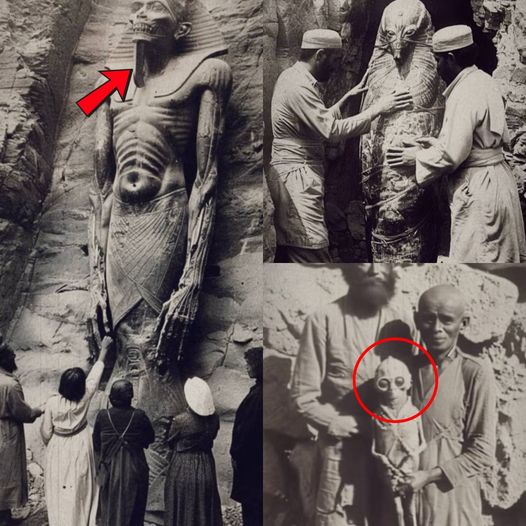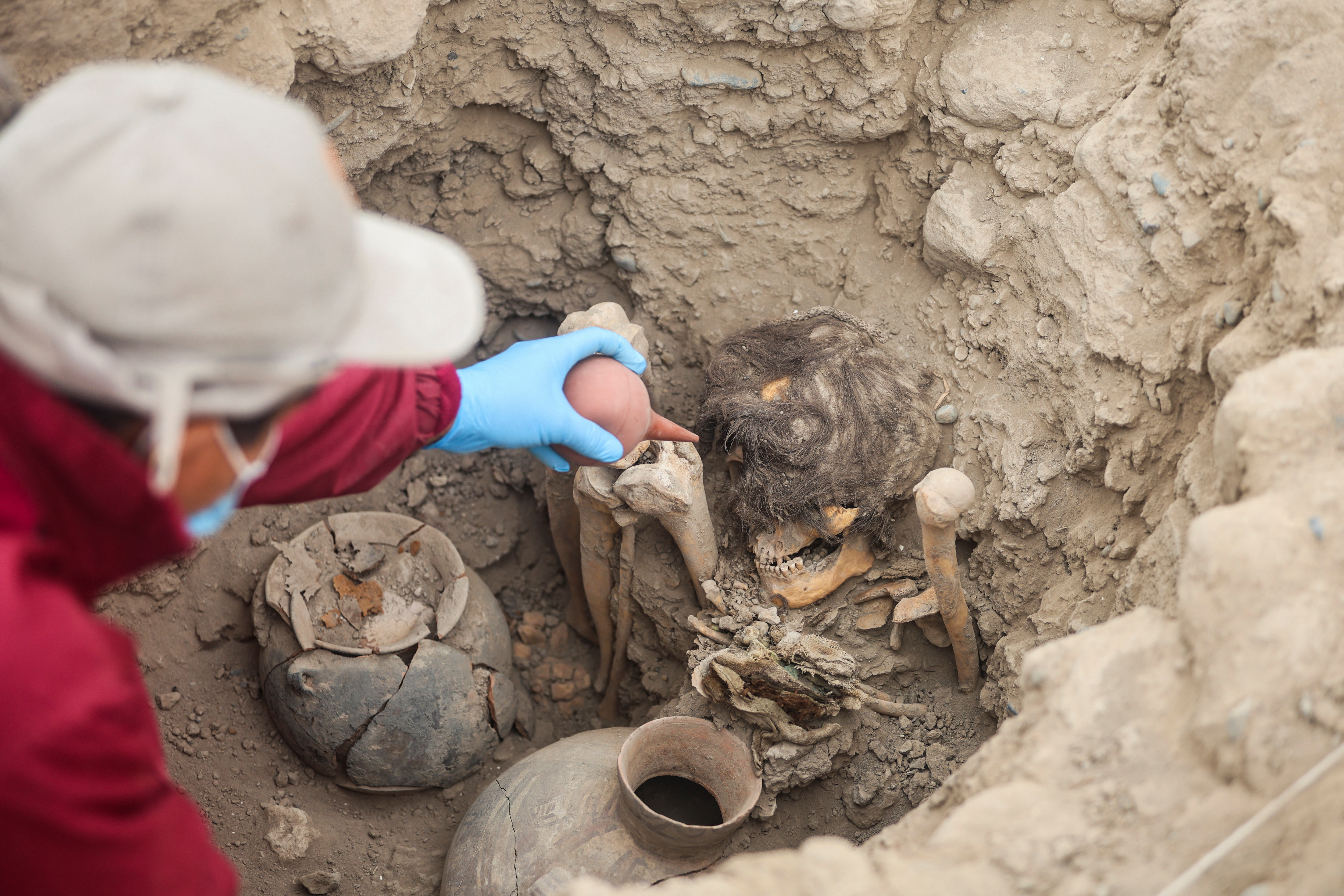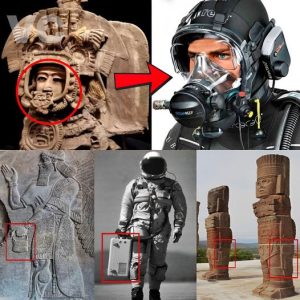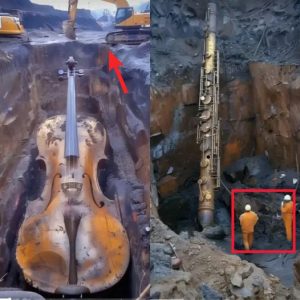In an astonishing breakthrough, archaeologists in Sri Lanka have made an incredible discovery that has the potential to rewrite our understanding of ancient history and extraterrestrial life. The unearthing of what are being described as ancient alien mummies has captivated both the scientific community and the general public, sparking intense debate and speculation about the origins and significance of these findings.

The discovery was made in a remote region of Sri Lanka, where a team of archaeologists had been conducting routine excavations. Initially, the team believed they had stumbled upon a traditional burial site dating back several thousand years. However, as they began to carefully excavate the site, they uncovered a series of mummified remains that defied conventional explanations.
The mummies, remarkably well-preserved, exhibit features that are distinctly different from those of humans. Preliminary analyses suggest elongated skulls, unusually large eye sockets, and other anatomical anomalies that do not correspond with any known human or animal species. These physical characteristics have led some experts to propose the possibility that the remains could belong to extraterrestrial beings.

Adding to the mystery, the site where the mummies were found contains artifacts and inscriptions unlike anything previously documented in Sri Lankan archaeology. The artifacts include intricate carvings and tools made from materials that are not indigenous to the region, suggesting a level of technological advancement that surpasses that of the known ancient civilizations in the area.
One of the most compelling pieces of evidence supporting the alien theory is the presence of a sophisticated burial chamber, designed with precise engineering and orientation. The chamber’s construction indicates a deep understanding of astronomy and geometry, hinting at a civilization with advanced knowledge and capabilities.
The discovery has sparked a flurry of activity among scientists, with experts from various fields converging on Sri Lanka to study the mummies and their context. Geneticists, for example, are conducting DNA analyses to determine whether the remains contain any genetic material that is recognizable or if they point to an entirely new species. Meanwhile, historians and archaeologists are meticulously cataloging the artifacts and inscriptions, hoping to decode any messages or information they may contain.
The implications of this discovery are profound. If the mummies are indeed of extraterrestrial origin, it could provide the first tangible evidence of contact between humans and alien civilizations. This would not only revolutionize our understanding of human history but also challenge fundamental assumptions about life in the universe and our place within it.
However, the discovery is not without its skeptics. Some scientists caution against jumping to conclusions, emphasizing the need for rigorous testing and verification. They argue that the unusual features of the mummies could be the result of natural genetic mutations or intentional cranial deformation practices, which were known to have been practiced by some ancient cultures.
Despite the ongoing debates, the discovery of the ancient mummies in Sri Lanka has undoubtedly captured the imagination of people around the world. It serves as a powerful reminder of the endless mysteries that our planet holds and the potential for new discoveries to reshape our understanding of the past and the cosmos.
In conclusion, the incredible discovery of ancient alien mummies in Sri Lanka represents a pivotal moment in archaeology and potentially, in our understanding of extraterrestrial life. As scientists continue to study and analyze these findings, the world watches with bated breath, eager to learn what secrets these ancient mummies might reveal about our history and our universe.





